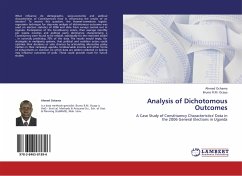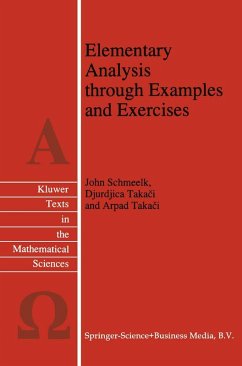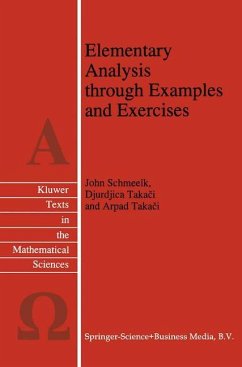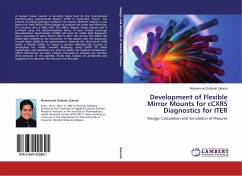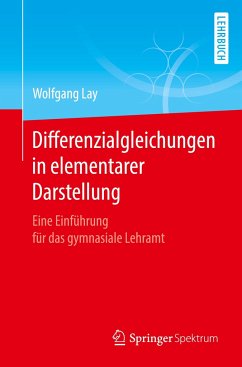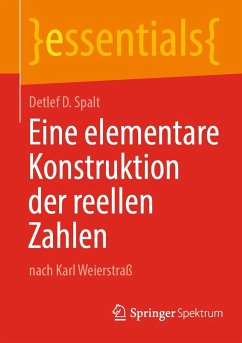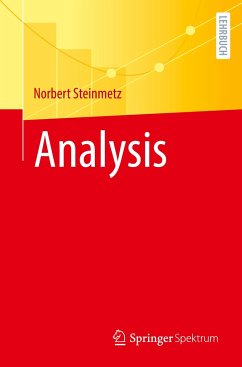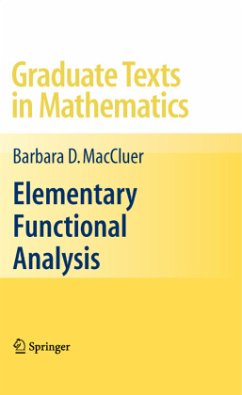
Analysis & Diagnostics of Categorical Variables with Multiple Outcomes
Odds Ratio Estimation, Modelling Strategies, Deletion Diagnostics and Graphical Diagnostic Methods for Multiple Response Data
Versandkostenfrei!
Versandfertig in 6-10 Tagen
52,99 €
inkl. MwSt.

PAYBACK Punkte
26 °P sammeln!
Surveys often contain qualitative variables for which respondents may select any number of the outcome categories. For instance, for the question "What type of contraceptive have you used?" with possible responses (oral, condom, lubricated condom, spermicide, and diaphragm), respondents would be instructed to select as many of the J = 5 outcomes as apply. This situation is known as multiple responses and outcomes are referred to as items. This thesis discusses several approaches to analysing such data. First, for stratified multiple response data, we consider three ways of defining the common ...
Surveys often contain qualitative variables for which respondents may select any number of the outcome categories. For instance, for the question "What type of contraceptive have you used?" with possible responses (oral, condom, lubricated condom, spermicide, and diaphragm), respondents would be instructed to select as many of the J = 5 outcomes as apply. This situation is known as multiple responses and outcomes are referred to as items. This thesis discusses several approaches to analysing such data. First, for stratified multiple response data, we consider three ways of defining the common odds ratio a summarising measure for the conditional association between a row variable and the multiple response variable, given a stratification variable. We derive several new dually consistent log-odds ratio and (co)variance estimators. Next we focus on deletion diagnostics for multiple response data models, e.g. logistic regression, and compare deletion strategies. Then modelling strategies for repeated multiple response data are investigated. Last, we consider a graphical diagnostic method to detect a mis-specification of a covariate of the proportional odds model.



